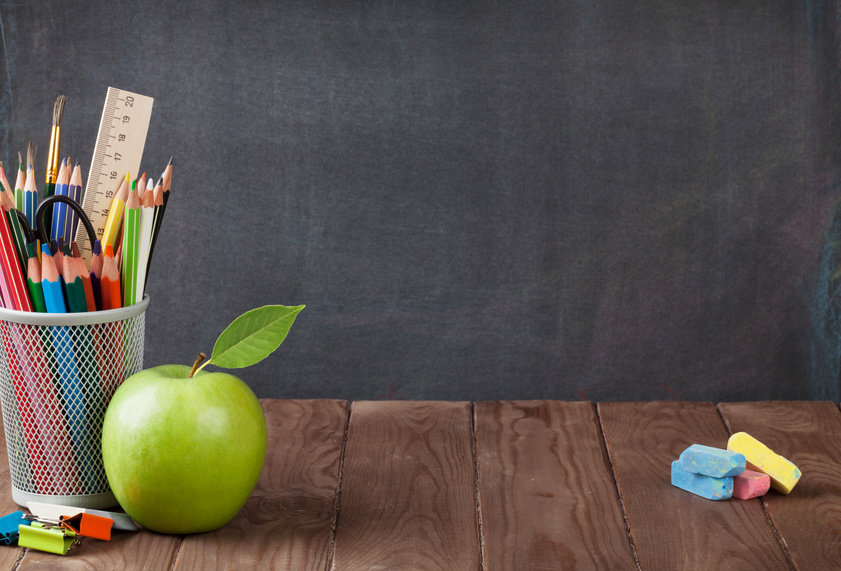Encouraging and implementing environmentally-friendly practices at schools is important and can be done in a variety of ways. Whether it is retrofitting an older building with new green technologies, starting a recycling program, implementing green cleaning or packing a waste-free lunch, parents, students, teachers and administrators can play a role. The following resources are provided to assist schools seeking Florida Green School designation. In addition, these resources facilitate and encourage continuous environmental improvement for designated Green Schools.
Statewide Initiatives
Kid Zone: Learn something new about Florida’s environment. Coloring pages, story maps and other activities invite learners of all ages to explore the land, the waterways and the plants and animals in Florida and beyond.
Educator Resources are also available for teachers and students.
Skip the Straw: To help reduce plastic pollution, the Florida Department of Environmental Protection in encouraging students to "Skip the Straw" for a week. Students can participate in the Skip the Straw Challenge.
General
Dream in Green: Dream in Green is a nonprofit organization that develops and implements programs to promote energy conservation and efficiency, environmental sustainability and the use of renewable energy. Dream in Green build partnerships with schools, local governments and businesses to reduce greenhouse gas emissions, waste, and reliance on fossil fuels. Programs emphasize education and behavior change.
Waste-Free Lunch: A waste-free lunch involves using less packaging and buying reusable instead of disposable products. The U.S. Environmental Protection Agency provides great resources on how to pack a waste-free lunch and even how to encourage the whole school to be waste-free.
Learning and Teaching about the Environment: An EPA program that helps K-12 students and educators access homework resources, lesson plans and project ideas to learn and teach about the environment. Environmental education is a multidisciplinary approach to leaning about environmental issues that enhances knowledge, builds critical thinking skills, and helps students make informed and responsible decisions.
Technical
Creating Healthy Indoor Air Quality In School: An EPA program that promotes a healthy learning environment at your school to reduce absenteeism, improve test scores and enhance student and staff productivity.
Framework for Effective School IAQ Management: EPA Indoor Air Quality (IAQ) Tools for Schools guidance documents and resources help schools develop and sustain effective and comprehensive IAQ management programs, or other overall health and safety initiatives. The IAQ Tools for Schools guidance has been completed successfully in tens of thousands of schools nationwide.
Indoor Air Quality Tools for Schools Action Kit: EPA Indoor Air Quality Tools for Schools Action Kit shows schools how to carry out a practical plan to improve indoor air problems at little- or no-cost using straightforward activities and in-house staff. A mobile app is now available for download.
Indoor Air Quality Tools for Schools: Preventive Maintenance Guidance Documents (EPA)
Indoor Air Quality Tools for Schools On-Demand Training Webinars (EPA)
EPA Clean School Bus Program: The EPA’s new Clean School Bus Program provides $5 billion over the next five years (FY 2022-2026) to replace existing school buses with zero-emission and low-emission models. EPA is offering $500 million through the 2022 Clean School Bus Rebates for zero-emission and low-emission school bus rebates as the first funding opportunity.
EPA Safer Choice Program: An EPA program that helps consumers, businesses and institutional buyers identify cleaning and other products that are safer for people and the environment and work well.
Green Schools Initiative: The Green School Initiative was founded in 2004 by parent-environmentalists who mobilized to improve the environmental health and ecological sustainability of schools in the United States. The Green Schools Initiative believes it is essential to protect children's health at school and in the world beyond schools and works to catalyze and support green actions by kids, teachers, parents and policymakers to eliminate toxics, use resources sustainably, create green spaces and buildings, serve healthy food and teach stewardship.
USGBC Center for Green Schools: Across the United States, school districts are realizing the benefits of building LEED (Leadership in Energy and Environmental Design) for Schools. Students, parents, teachers and community members are making the difference, by letting elected officials know they want their schools built green. Green schools cost less to operate, freeing up resources to truly improve student's education. Their carefully planned acoustics and abundant daylight make it easier and more comfortable for students to learn. Their clean indoor air cuts down sick days and gives children a head start for a healthy future. Their innovative design provides a wealth of hands-on learning opportunities.


